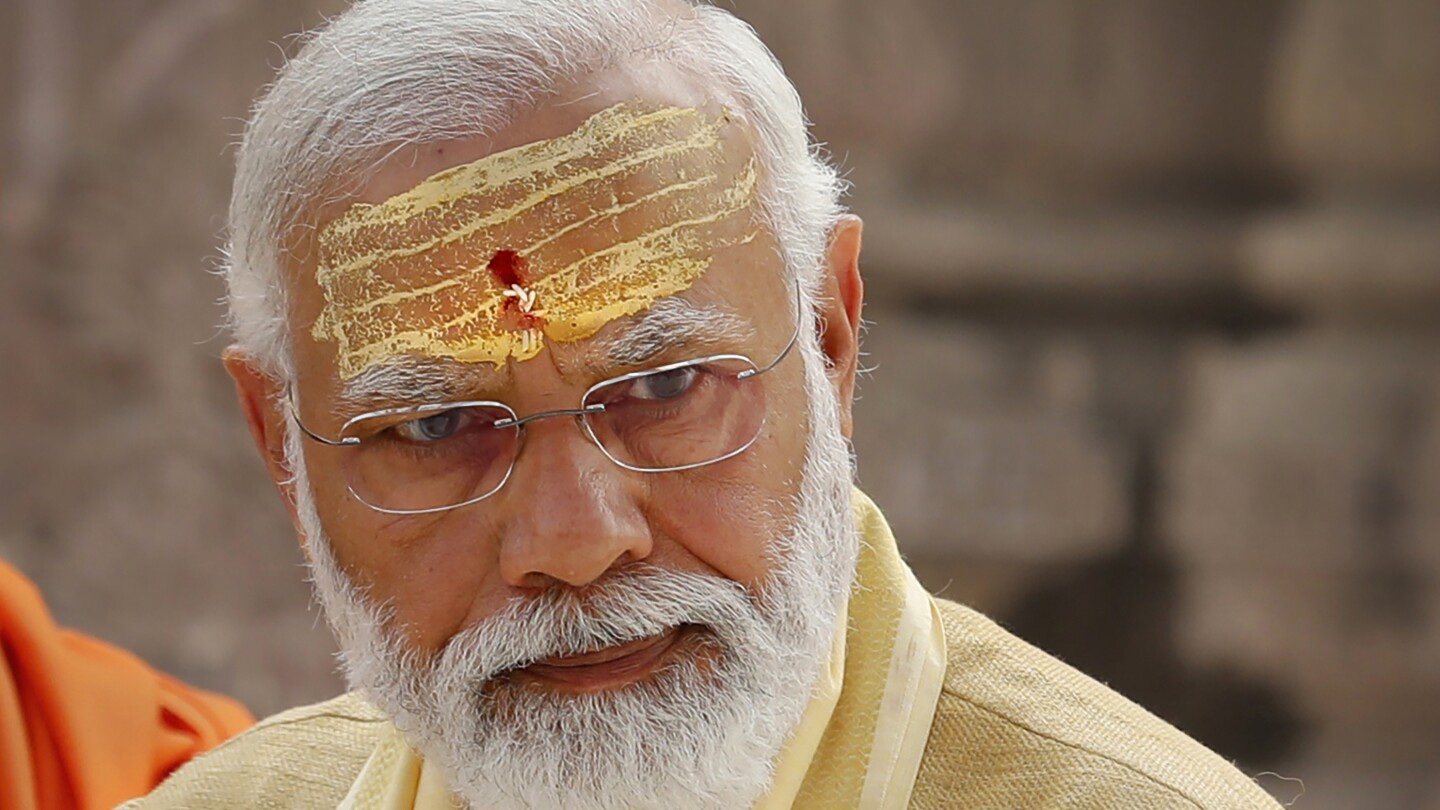Hindu nationalism, once a fringe ideology in India, is now mainstream. Nobody has done more to advance this cause than Prime Minister Narendra Modi, one of India’s most beloved and polarizing political leaders.
And no entity has had more influence on his political philosophy and ambitions than a paramilitary, right-wing group founded nearly a century ago and known as the RSS.
“We never imagined that we would get power in such a way,” said Ambalal Koshti, 76, who says he first brought Modi into the political wing of the Rashtriya Swayamsevak Sangh in the late 1960s in their home state, Gujarat.



Which country do you belong to?
That’s a fair question. I am an American of European descent (i.e. “a white guy”) married into a half-Punjabi family with members in Punjab, New Delhi, the US, the UK, Canada, and elsewhere. I don’t claim to relate anything other than what I’ve heard and read and my perspective is necessarily a limited one, but I have a vested interest in the Sikh diaspora and am generally troubled by the larger trends I see with BJP governance in India.
What is the percentage of Sikhs in your country of total population? Modi has openly sat in satsang of Punjabis, shown immense respect to Waheguru, has a person called Hardeep Singh Puri in Union Cabinet handling the portfolio of ‘oil’. It is a crucial thing, especially after Russia-Ukraine war.
There are around half a million Sikhs in the US, so less than .2% of our population. They’re not evenly spread out across the country though. We have a huge South Asian diaspora in NJ; I grew up with a good number of Sikhs